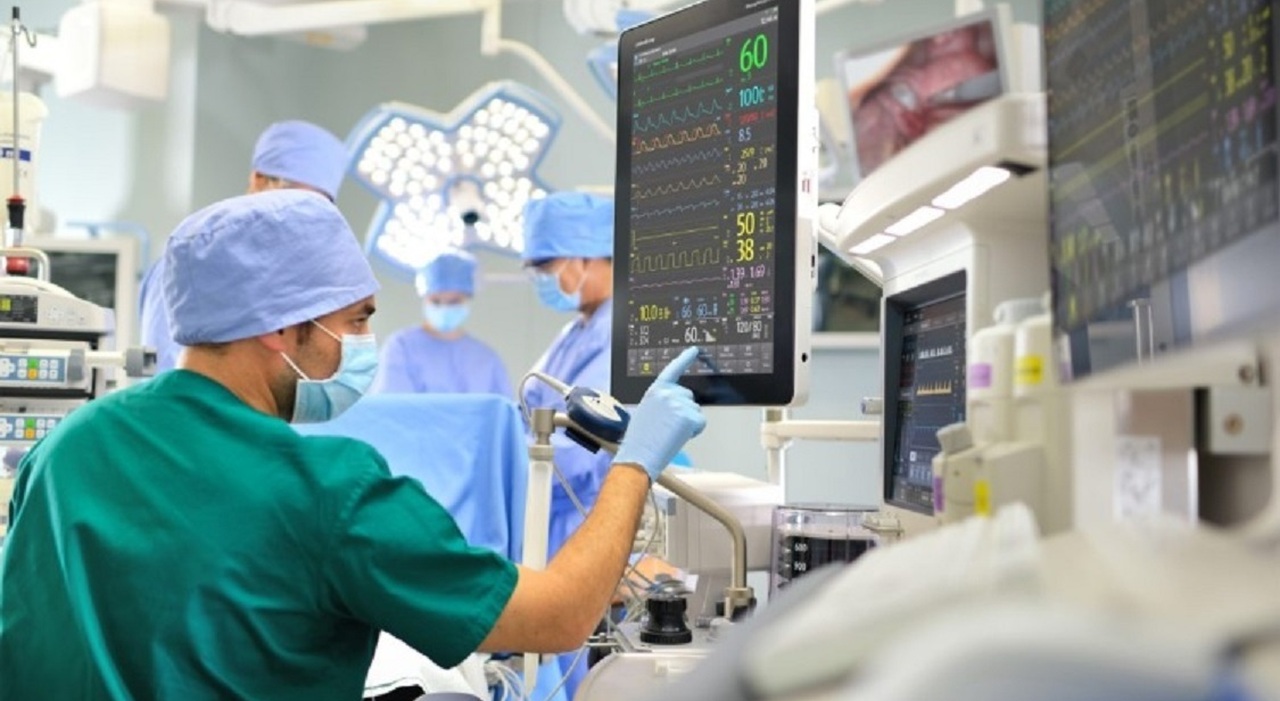Traveling for treatment. This is one of the distortions of healthcare Italian reported by Svimez. In the South we live a year and a half less. These data would be enough to explain how Italy is divided in two in terms of healthcare provision. If the average life expectancy in the southern regions is 79.5 years for men and 83.9 for women, in Central Italy it rises to 81 and 85.2 years respectively, to reach the highest figure in the North- East, 81.1 and 85.4.
TRIPS
But there is another way to tell this story starting from the data of the Svimez Report (Association for the development of industry in Southern Italy) entitled “One country, two cures. The North-South gaps in the right to health“: in 2022, of the 56,079 cancer patients living in the South, 12,401 went for treatment in a hospital facility in a Central-Northern region: this is 22.1 percent. The reverse path is minimal, equal to 0.1 percent. In particular, in Calabria, mobility to another region involved a very high percentage, 42.9 percent. In Campania we are at 26.9, in Basilicata at 25, in Sicily at 16.5, in Sardinia at 16.3, in Molise at 14.9, in Puglia at 13.9. The first Northern region in the data on the migration of cancer patients is Valle d’Aosta, at 13.2 percent, but in this case the explanation is more banal, given the size it is much easier for a citizen of that area to move in Piedmont. Emilia-Romagna, Piedmont, Lombardy and Veneto, on the other hand, all have percentages of “0 point”, practically no one moves. On the other hand, according to another research (Ropi, Oncological Network of Italian Patients, based on Agenas data) for oncological surgery the 10 structures with the best data are in the Centre-North (including Lazio). In more detail: the number of interventions performed is considered an indicator of the reliability of a healthcare facility. An example: for lung cancer, the Sant’Andrea Hospital of Rome is at the top with 572 operations per year, followed by the European Institute of Oncology – Ieo of Milan with 538 and the Careggi University Hospital of Florence with 462 (the South is also among the top ten, with the Monaldi Hospital of Naples with 292).
More generally according to the analysis of Svimez there is «the flight from the South to receive assistance in health facilities in the Center and North, especially for the most serious pathologies. In 2022, of the 629 thousand healthcare migrants (volume of hospitalizations), 44 percent of cases were residents of a region in the South.” The balances of interregional mobility in the last decade have seen a largely active balance in Lombardy, Emilia-Romagna, Tuscany and Veneto, on the contrary passive in Campania, Calabria, Sicily and Sardinia. The Lazio attracts patients thanks to large university hospitals and excellences such as the Baby Jesus. According to Svimez, with differentiated autonomy (the reform decided by the Government) “there would be a risk of increasing financial inequalities between regional health services and widening inter-regional inequalities in the conditions of access to the right to health“. The report points out that cancer mortality is higher in the South: in 2020 per 10,000 inhabitants the rate was 8.8 in the southern regions, 7.8 in the Center and North-West, 7.1 in the North-East.
CHILDREN
Second Save the Children the phenomenon also concerns pediatric healthcare migrations from the South to the Centre-North, «a sign of deficiencies or mistrust in the healthcare system of the regions of Southern Italy: the escape index – i.e. the number of pediatric patients who go to be treated in a region other than that of residence – in 2020 it stood on average at 8.7 percent at a national level, with territorial differences ranging from 3.4 in Lazio to 43.4 in Molise, 30.8 in Basilicata, 26.8 of Umbria and 23.6 of Calabria. In particular, a third of children and adolescents travel from the South to receive treatment for mental or neurological, nutritional or metabolic disorders in specialist centers, converging mainly in Rome, Genoa and Florence, locations of hospitalization and treatment institutes in Scientific Character (IRCCS) pediatrics». Luca Bianchi, Svimez general director, concludes: «The often forced choice to emigrate for treatment, as well as causing individual costs, ends up amplifying the gaps in the spending capacity of the different regional systems».
© ALL RIGHTS RESERVED
